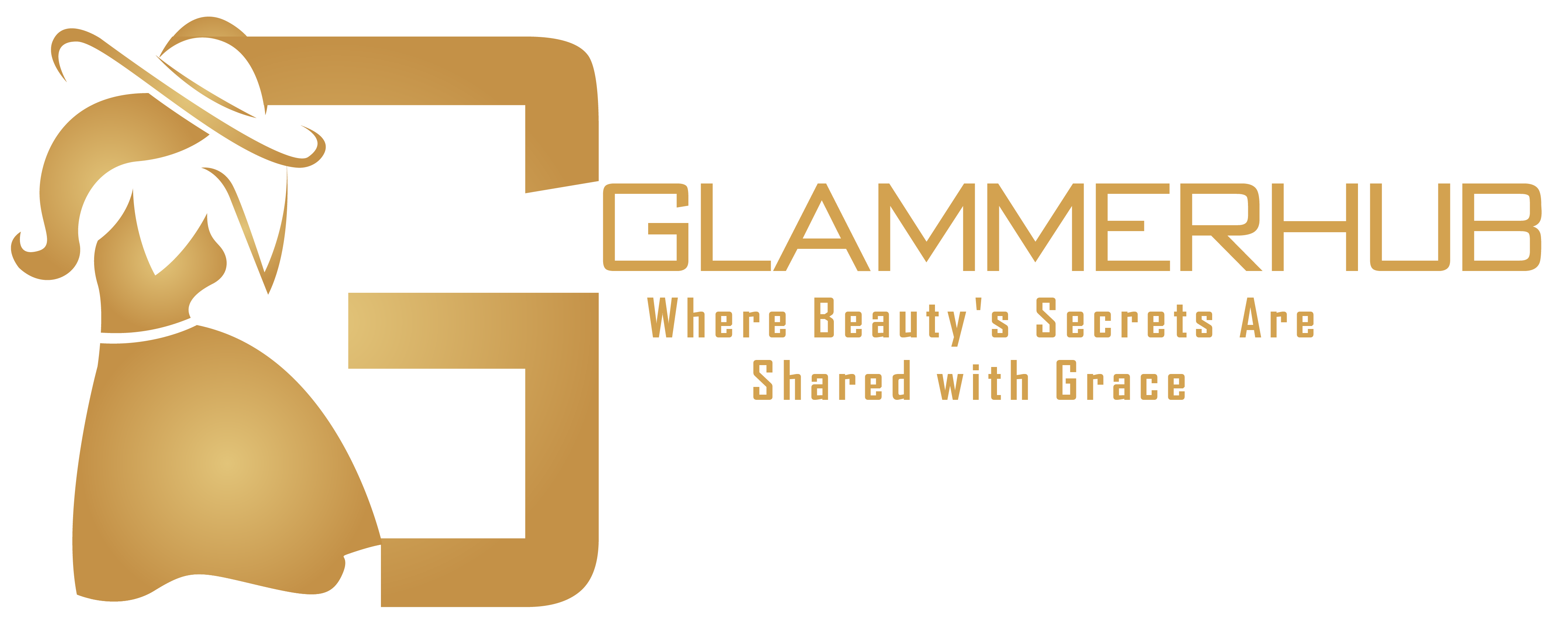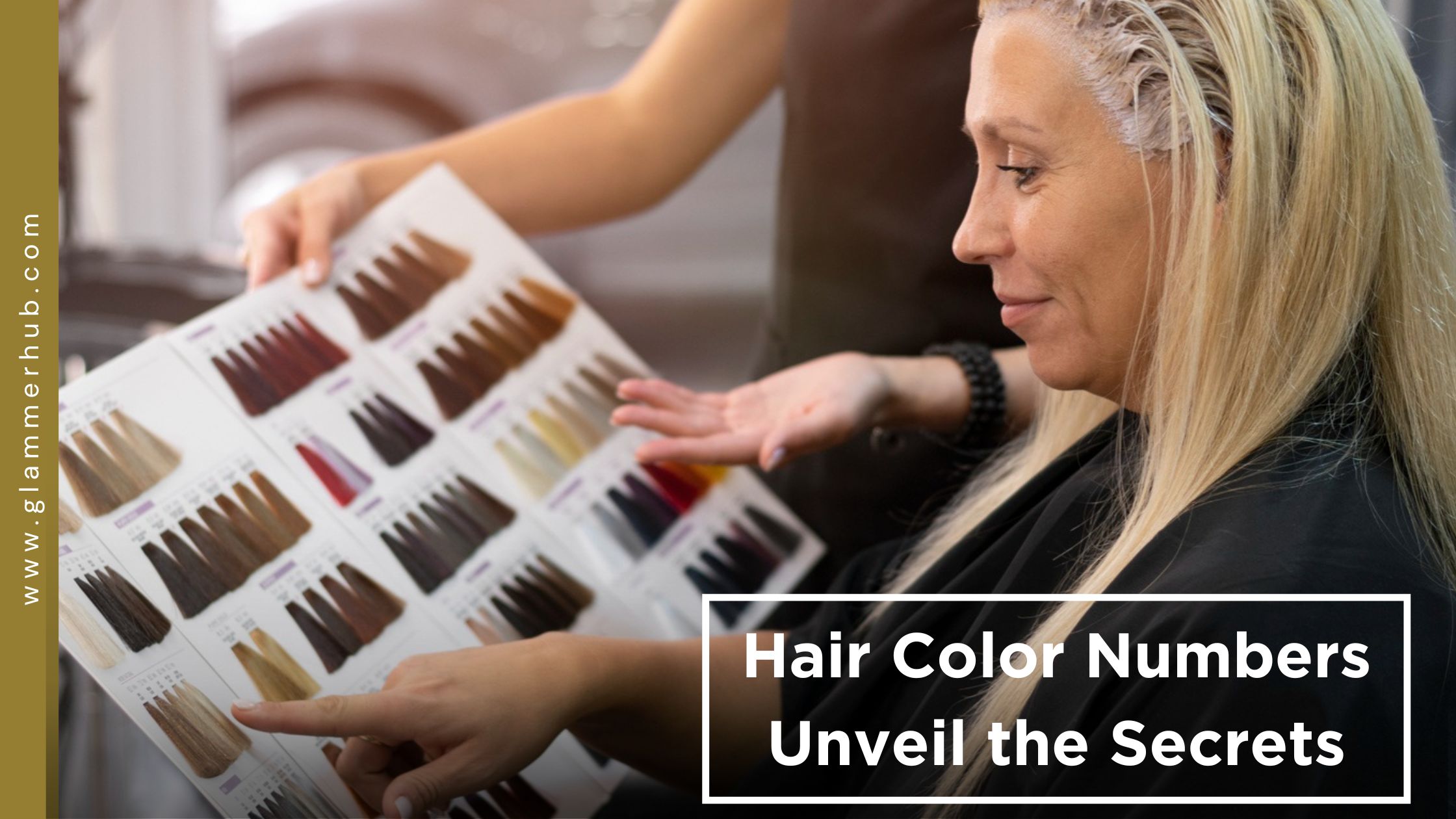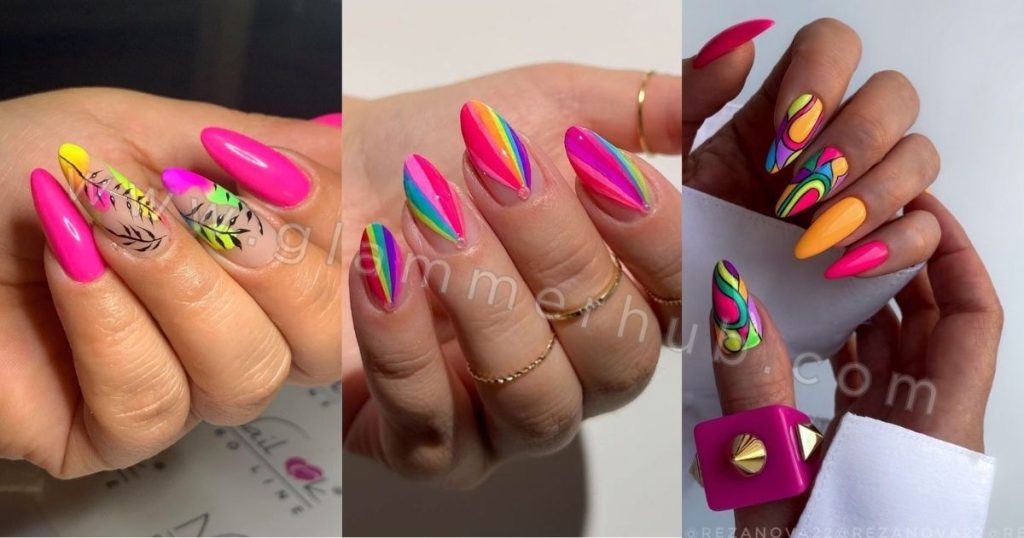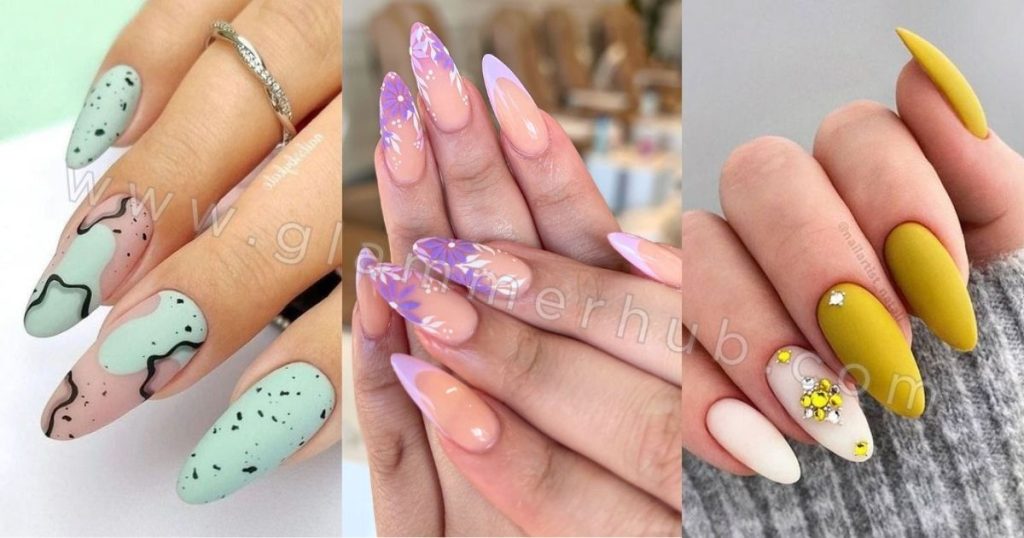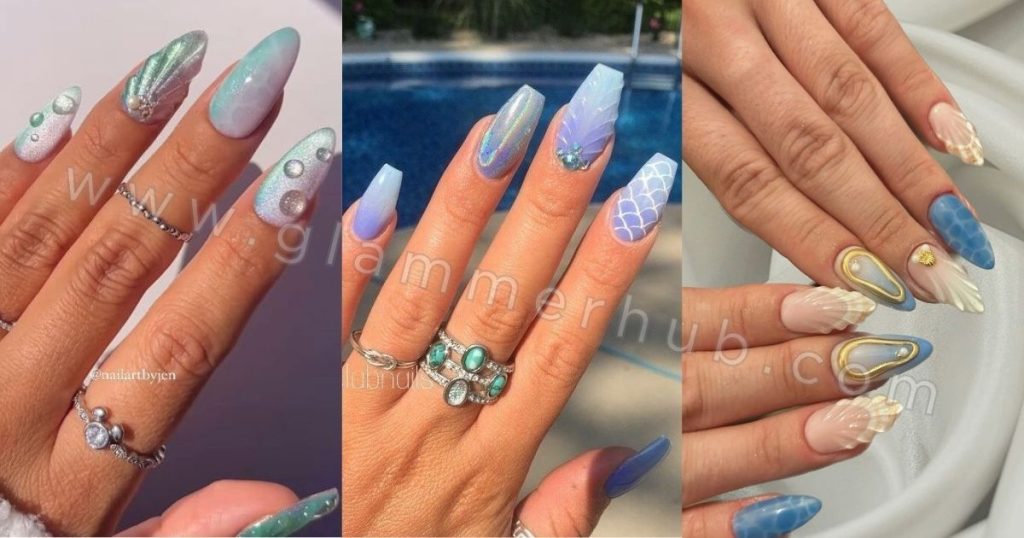Choosing the perfect hair color is fun! It shows off who you are. Knowing the hair color numbers to pick the right shade is good. These aren’t just any numbers. They’re special codes that help you find the best hair dye. For example, 7.3 or 6R are part of the hair dye numbering system.
So, what do hair color numbers mean? They tell us about the hair color chart levels and hair dye color meanings. The first number is the hair color base number, which shows how light or dark the color is. The letter or second number hints at the hair color tone identifiers and hair dye secondary tones. This means whether your hair will have golden glows, red reflections or hair color reflects numbers.
By understanding hair color codes, you can mix and match to get the color that’s just right for you. It’s like being a hair scientist with your hair color chart! Whether you’re at home or with a stylist, knowing these codes, like hair color ICC codes and hair dye shade numbers, makes choosing color easy and fun.
Remember, every number and letter helps you express your style with the hair color level chart and hair color numbering guide. So next time, you’ll be the expert on hair color numeric values and hair dye color selection!
Hair Color Numbering System
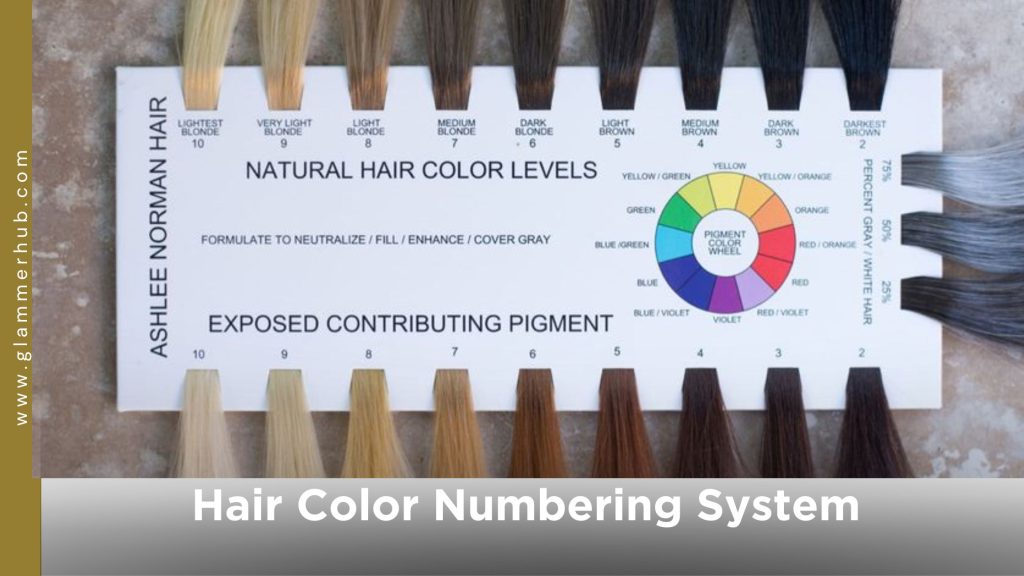
Learning about hair color numbers is super cool! It’s like solving a puzzle to find the most amazing colors for your hair. When you know what hair color numbers mean, you can pick from so many beautiful colors for your hair. These numbers help hair experts mix just the right color you want. They also show the secret mix of each color.
The first number tells us how light or dark the color is, which is the hair color base number. Like a letter or number, the next part tells us about the hair dye’s secondary tones. This is about the shiny golds or deep reds your hair could have, called hair color reflect numbers.
When you understand hair color chart levels, you see all the different shades you can try. It’s like a treasure map with hair dye color meanings that leads you to your perfect hair color. So, the next time you look at a hair color chart, you’ll know exactly how to find your special color with the hair color numbering guide. Isn’t that awesome?
Color Depth of the Base Color
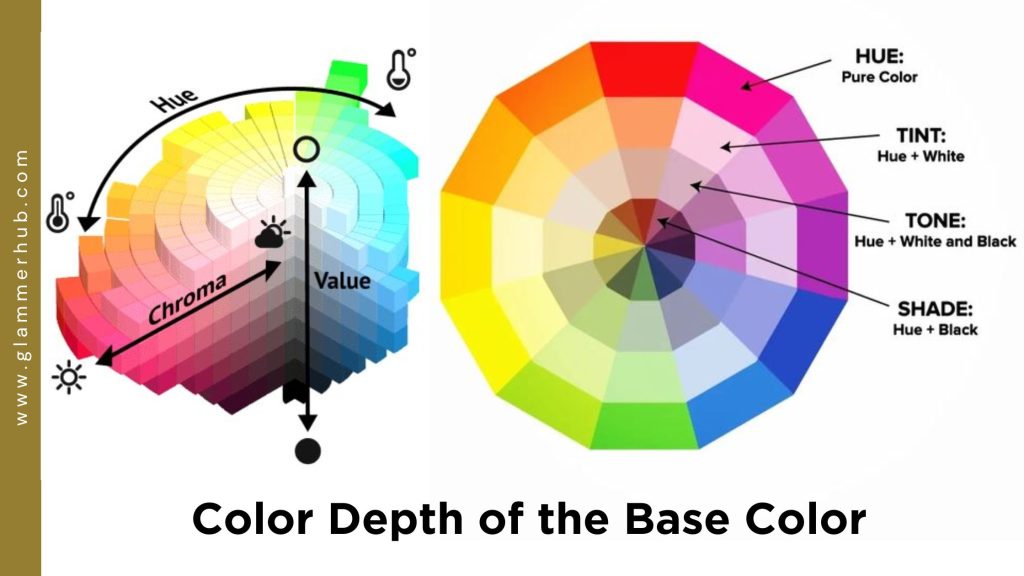
Hair color numbers are a secret map to finding your perfect hair shade. Here’s how to read the map:
- Depth Level: The first number tells you the hair color base number. A smaller number means a darker color and a bigger number means a lighter color.
- Color Level: Most brands use numbers 1 to 10 on the hair color chart. Number 1 is black, and 10 is a very light blonde.
Let’s take a look at it below.
| 1 | Black |
| 2 | Darkest Brown |
| 3 | Dark Brown |
| 4 | Brown |
| 5 | Light Brown |
| 6 | Dark Blonde |
| 7 | Blonde |
| 8 | Light Blonde |
| 9 | Very Light Blonde |
| 10 | Lightest Blonde |
- Hair Colour Tones: The number after the dot or slash shows the hair color tone identifiers. For example, .0 is a neutral tone, .1 is ash, and .2 is shiny, like a pearl.
Let’s take a look at it below.
.0 neutral,
.1 ash,
.2 iridescent,
.3 golden,
.4 copper,
.5 mahogany,
.6 red,
.7 chocolate,
.8 chestnut.
- Hue or Nuance: Sometimes, there’s a third number. It tells us about extra special colors. Like, 4.62 could be a dark brown with a little bit of a copper sparkle.
Let’s take a look at it below.
1: Black
2: Very dark brown
3: Dark brown
4: Medium brown
5: Light brown
6: Dark blonde
7: Medium Blonde
8: Light Blonde
9: Very light blonde
10: Palest Blonde
By understanding hair color codes, you can pick the shade that’s just right for you. It’s like having a key to unlock all the colors in the hair color level chart or hair color wheel. So next time, you’ll know just what to do with the hair dye numbering system to get the hair color of your dreams
Hair Color Shades Numbers
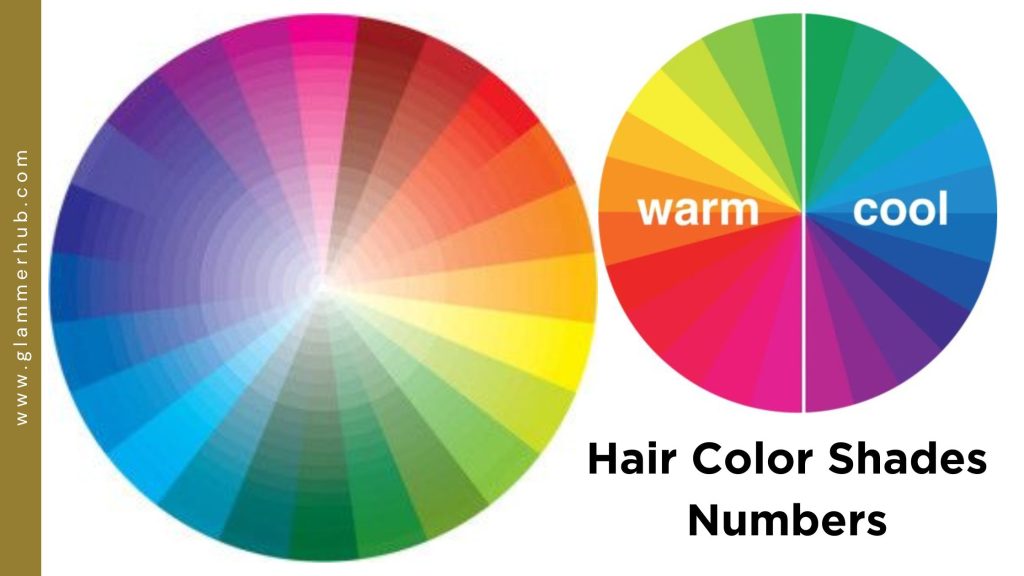
Hair color numbers are like a secret code that tells us all about different hair colors. Here’s how to understand this code:
- Base Numbers: These are the first numbers you see. They tell you if the color is light or dark. The lower the number, the darker the hair.
- Added Tones: After the base number, there are more numbers. These are the hair dye secondary tones. They can make the color cool, warm, or just in the middle. They help make the color look just right.
- Primary Tone: There’s a special number that shows the main color of the dye. This is the hair color’s primary tone. It’s what you see the most in your hair color.
Knowing these numbers makes picking your hair color easy and fun. It’s like having a map that leads you to the perfect color treasure! With the hair color chart levels and hair dye color meanings, you can mix and match to find the color that’s just for you. So next time, you’ll be a pro at choosing colors with the hair color numbering guide!
Color Tone
When you look at hair color numbers, you see a special code that tells you all about the color. Here’s how it works:
- Tone Numbers: The numbers after the dot show the hair color tone identifiers. For example, .1 means ash, .2 means shiny like a rainbow, and .3 means golden like the sun.
- Tone Variations: Different hair dye brands might use different numbers, but the International Color Chart (ICC) helps us understand what’s common. Still, remember, not every brand uses the same numbers.
- Understanding hair color codes: This means you can talk to your hairstylist better and pick the perfect color for your hair.
Knowing these numbers makes it easier to find the hair color that’s just right for you. It’s like having a secret key to unlock all the beautiful colors in the hair color chart. So next time, you’ll be ready to choose the best color with the hair color numbering guide!
Color Reflection
When you pick a hair dye, the hair color numbers tell you a lot about the color.
- Base Color: The first number in hair color codes represents the base color. It’s the main color of the dye.
- Secondary Tone: Sometimes, there’s a second number after the first. This is the secondary tone. It’s like a little extra color that shows up when the sun shines on your hair.
- Subtle Nuances: Unlike the base color, the secondary tone typically only appears in sunlight. It doesn’t fully cover your hair’s natural color but adds subtle nuances.
- Secret Code: Think of the hair color numbers as a secret code. They tell you all about the color and how it will look.
- Fun Exploration: Understanding hair color codes can help you choose the best color and make your hair look amazing!
Hair Color Numbers And Letters
Some hair dye brands use letters to represent tones, making it easier to understand:
- A — ash
- B — blue
- BV — blue violet
- C — cool
- G — gold
- M — mahogany
- N — Neutral
- NA — neutral ash
- NB — neutral brown
- O — orange
- OR — orange-red
- P — purple
- R — red
- RR — intense red
- RB — red brown
- RC — red copper
- RO — red orange
- RV — red violet
- V — violet
- VR — violet red
- W — warm
These letters add further customization to the hair color, indicating characteristics like warmth (W), ashiness (A), or both (AR). They help you choose a shade that suits your preference, whether the hair dye uses numbers, letters, or a combination of both.
Neutral Colors
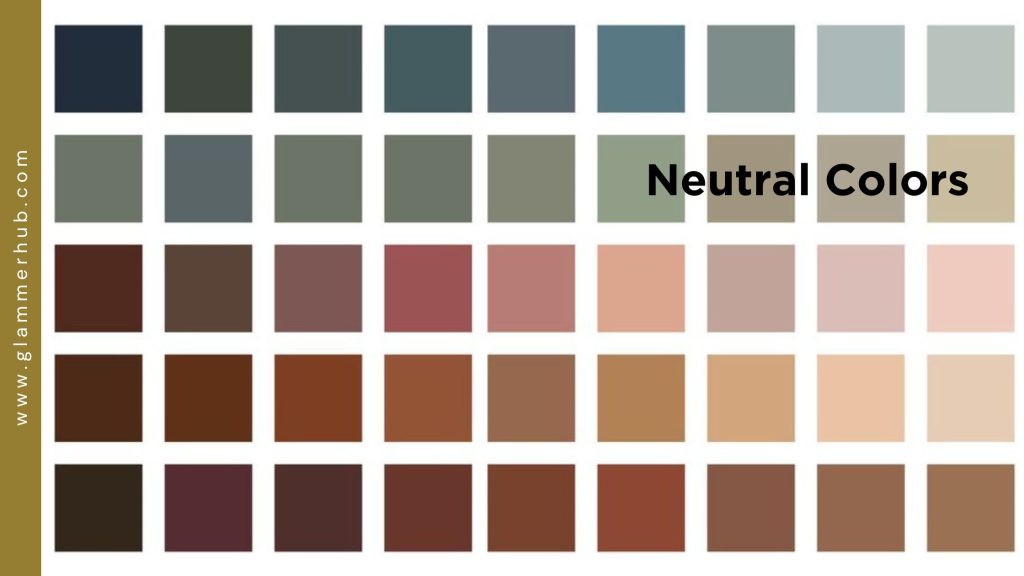
Hair dye colors have special numbers and letters to guide you. Zero means the color is just right, not warm or cool. For example, 2N is a neutral dark brown without strong yellow, blue, or red.
It’s like finding a color that’s a perfect friend for your hair. The hair color base numbers show if the dye is light or dark, like steps on a ladder. N means the color is neutral, great for everyone. Remember these hair color numbers. They’re like a secret code to find your best hair color!
How the Hair Color Numbers Help
Understanding hair color numbers is super important. If you’re getting your hair dyed, it helps you find the perfect hair dye shade numbers. For hairstylists, knowing hair color numeric values means making clients happy with their color.
Hair color charts are like maps. They use hair color base numbers and hair color tone identifiers to show how light or dark a color is. The hair color depth scale tells you how deep the color looks, and hair color reflects numbers that show the shine.
Hairstylists mix colors using hair dye code interpretation. They combine hair color primary tones and hair dye secondary tones to make the color just right, following hair color ICC codes.
So, learning hair dye color meanings and hair color intensity levels is fun and smart. It’s like being a color detective, finding the best hair dye color selection with the hair color numbering guide!
Getting the Specific Shade
The hair color numbering system works like the Pantone system for hair. It’s a way for hairdressers to discuss colors without getting mixed up. Sometimes, what you call chocolate cherry, someone else might call burgundy.
But with numbers, everyone knows exactly what color you mean. It’s a special code that all hairstylists use to ensure they get the color right. So, when they say “8.1,” it’s not a secret code; it means ash blonde!
Formulating the Hair Color
Knowing hair color numbers is like having a secret code for awesome hair! These numbers are super important for both hair fans and pros. They’re like a map that guides you to your dream hair color. For example, if you want to change your brown hair to a cool copper blonde, you must know the right hair dye numbering system to mix the perfect shade.
Think of hair color numbers as a special language that helps you and your stylist speak the same hair color language. It’s all about mixing and matching the right hair dye color meanings to get the desired color. So, next time you’re ready for a hair adventure, remember that understanding hair color codes is your key to looking fabulous!
Neutralizing Unwanted Tones
When you’re picking a hair dye, the hair color numbers are super important. They’re like clues that help you find the perfect color. If you want to be a hair color detective, start by learning the hair color chart levels. This chart is like a treasure map to awesome hair!
Say your hair is a sunny yellow, but you want a cool, snowy blonde. You’ll need to use some smart color tricks. You can choose a dye with a bit of purple or blue using the hair dye numbering system. This is like using a magic wand to zap away the yellow and get that dreamy blonde.
Remember, every hair color base number and hair dye shade number has a special meaning. They tell you how light, dark, or shiny your hair will be. So, next time you’re ready for a change, use the hair color numbering guide to mix and match like a pro. You’ll have fun and look great, too!
Finding Your Perfect Shade
Choosing the right hair color enhances your look. Select ashy blondes, cool browns, or bright reds for cool skin tones. Warm skin tones glow with honey blondes, golden browns, or coppery reds. Those with neutral skin tones can experiment with a broad spectrum of colors.
Unsure about your perfect shade? Consult a hair expert to navigate the hair color numbering system and find the ideal mix for you. Your unique hair color numbers highlight your individuality, so select a shade that boosts your confidence! Remember, the right hair color can truly make you stand out.
Hair Dye Developer Numbers: What Do They Mean?

Coloring your hair? Let’s learn about hair dye numbers to keep it healthy! Hair dye has a special number for the developer, which decides if your hair gets lighter or darker.
Developer Strength: It’s shown in volumes like
10, 20, 30, or 40
. Bigger numbers mean more lightning.
- 10 Volume: Just for a slight change or to darken your hair.
- 20 Volume: Lightens your hair by one or two levels and hides gray hair.
- 30 Volume: Makes your hair two to three levels lighter.
- 40 Volume: The strongest, for the most lightening. It’s powerful, so let the pros handle it!
Understanding Hair Dye Types
Hair dye can be:
- Permanent: Changes your hair color often and stays until new hair grows.
- Semi-Permanent: No developer needed, washes out after some time, and gives a quick color boost.
- Demi-Permanent: A gentle developer is used, lasts longer than semi-permanent but not forever, and is great for small changes.
Decoding Hair Dye Letters:
The hair dye system also has letters:
- C for conditioning,
- M for moisturizing,
- R for repairing,
- V for vibrant color.
These letters help you pick the best dye for your hair’s needs. Look for “conditioning,” “moisturizing,” or “repairing” to keep your hair happy.
Understanding hair color codes helps you choose wisely, keep your color fresh, and correct oopsies. When in doubt, ask a hair expert. Go on, color with confidence!
You may like;
Does Black Hair Dye Damage Hair? Debunking the Myths
How to Fade Purple Hair to Silver A Step-by-Step Guide
FAQs
What do hair color numbers mean?
Hair color numbers indicate the depth and tone of a hair dye shade.
How can understanding hair color numbers help?
Understanding hair color numbers helps achieve precise color results and avoid unwanted tones.
What is the purpose of the hair dye numbering system?
The hair dye numbering system provides a universal reference for hairdressers to formulate colors accurately.
What is the significance of neutralizing undertones in hair coloring?
Neutralizing undertones helps balance warm and cool tones, ensuring the desired hair color outcome.
How does choosing the right hair dye shade contribute to achieving the perfect color?
Choosing a hair dye shade with complementary tones neutralizes undesired undertones and helps achieve the desired hair color.
Conclusion
In conclusion, understanding the significance of hair color numbers is essential for clients and hairstylists. For clients, it clarifies how their chosen color will interact with their current hair shade, ensuring more accurate expectations.
Knowing the nuances of hair color numbers empowers clients to communicate effectively with their stylists, resulting in better outcomes. For hairstylists, proficiency in interpreting these numbers allows for precise color formulations tailored to each client’s needs and desires.
The hair color numbering system acts as a universal language in the world of hair coloring, enabling seamless communication and collaboration between clients and stylists. With this knowledge, both parties can achieve their desired results, whether a subtle change or a dramatic transformation, leading to happier clients and successful salon experiences.
Thank you for your precious time spent with Glammerhub
